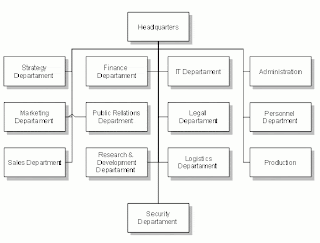“MASS PRODUCTION” REPORT
Designer: Lilija Deviatnikova “Lily Design”
Designer Mobile Number: 0851173609
The economies of mass production (See below at Figure 1: “Mass Production”) come from several sources. The primary cause is a reduction of nonproductive effort of all types. In craft production, the craftsman must bustle about a shop, getting parts and assembling them. He must locate and use many tools many times for varying tasks. In mass production, each worker repeats one or a few related tasks that use the same tool to perform identical or near-identical operations on a stream of products. The exact tool and parts are always at hand, having been moved down the assembly line consecutively. The worker spends little or no time retrieving and/or preparing materials and tools, and so the time taken to manufacture a product using mass production is shorter than when using traditional methods.
The probability of human error and variation is also reduced, as tasks are predominantly carried out by machinery. A reduction in labor costs, as well as an increased rate of production, enables a company to produce a larger quantity of one product at a lower cost than using traditional, non-linear methods.
However, mass production is inflexible because it is difficult to alter a design or production process after a production line is implemented. Also, all products produced on one production line will be identical or very similar, and introducing variety to satisfy individual tastes is not easy. However, some variety can be achieved by applying different finishes and decorations at the end of the production line if necessary.
With each passing decade, engineers have found ways to increase the flexibility of mass production systems, driving down the lead team on new product development and allowing greater customization and variety of products.
The key factors that influence client choices/ decisions in materials and design is various, like cost, quality, maintenance & reactions to cleaning chemicals, installation cost & time, fire rated or not ant etc.
Figure 1: “Mass Production”
Advantages of using a bespoke design
- There is complete artistic freedom to create an image which is appropriate for your company and which the senior employees believe projects the correct image.
- Existing company trademarks and colors can be incorporated into the letterhead design, enabling the company to work on developing its existing brand.
- Whilst more expensive than using an existing template, the results and impression are obviously noticeably better. For the benefits, the price increase is often considered to be good value for money.
- Bespoke designs (See below at Figure 2: “Bespoke Design just like you imagine it”) ensure individuality, whereas similar template designs might be used by other businesses.
Disadvantages of using bespoke design
· The cost a major factor. Ready made solutions will be cheaper, as they are developed over many years and have evolved to the latest release.
· Time scale.
· To find specialist trades people, lead team and etc.
· Some bespoke design can be reject.
Figure 2: “Bespoke Design just like you imagine it”
The scale of the project can affect the relative design and production cost, because as long we will need specialists/ workers to do the job, so and as much we will need to pay them for done/ doing job. Except, if we have done correct contract with them, like time schedules or etc..
As well as, some project a very large, for example like largest city’s shop units, so they are running for few years while finished. If happens any delays it’s not good, because of new, better products/ materials appearing on shells.
By
“Lily Design” 2011


























